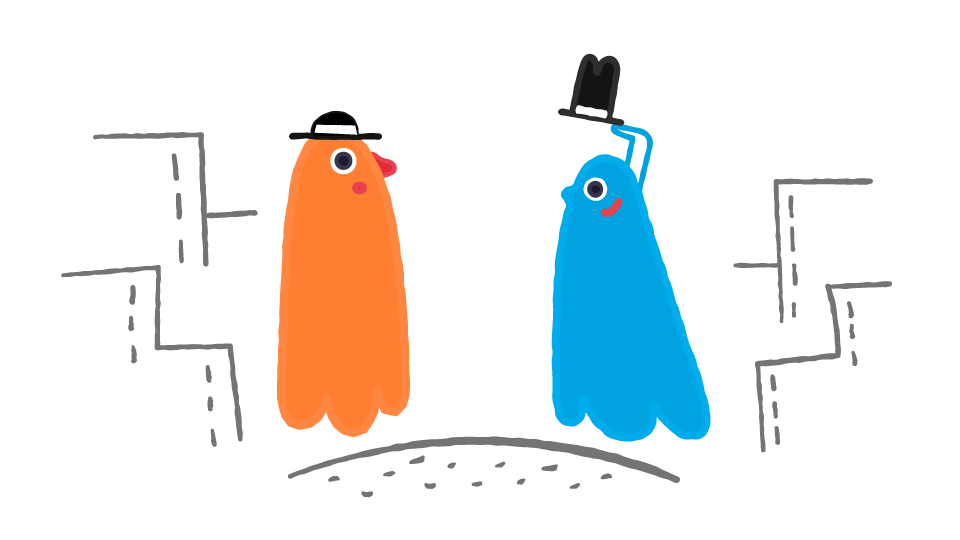Civic character
Assets | Civility

Treating others with sincere respect and as members of a shared community, including those who may challenge our beliefs or opinions.
1. Highlights
In Principled Innovation, interacting with people who disagree with us can help us gain a clearer understanding of the challenges that students, parents, colleagues and others in our community are facing and the changes that these community members would like to see. These conversations can’t take place without civility — without honesty, humility and a robust commitment to collaborative problem-solving.
Talk to people you disagree with, if when it is challenging or uncomfortable
Create inclusive environments where people can voice a variety of opinions
Stay engaged through difficult conversations to create deeper understanding
Civility is multifaceted. It is rooted in humility — in the belief that our understanding is always incomplete and that we need others to help us see the world more clearly. It works together with inclusivity, which calls on us to bring people with differing views and values together so that they can begin to understand and be understood by others. And civility is the character asset that keeps people in the room when conflicting values begin to emerge, compelling us to provide psychologically safe spaces for dialogue in which conversations are driven by respect and patient truth-seeking rather than by anger or the interplay of power dynamics.
Yet civility is more than simply being nice or polite. It works together with courage to embolden Principled Innovators to engage in honest disagreements, even when they are unpleasant, and to voice our opinions, even when they make others uncomfortable — but to do so without resorting to violence and without silencing or suppressing those who disagree. While treating others with civility when you strongly disagree with their perspective can be challenging, it is also challenging to have honest, difficult conversations that may become confrontational, and so we may avoid these conversations in the name of civility. However, it is through these interactions and the new insights they generate that we can come to better understand the challenges in our communities and work our way toward innovative solutions.


2. Context

Should you be civil to a racist? Yes, but you should still call them out.
Article
10 minutes
By: Robert Danisch, Wiliam Keith
Is civility a sham?
Video
13 minutes
By: TED, Teresa Bejan
How to lead a conversation between people who disagree
Video
9 minutes
By: Eve Pearlman, TED
Civil presence
Tool
10 minutes
By: Principled Innovation® (PI)
